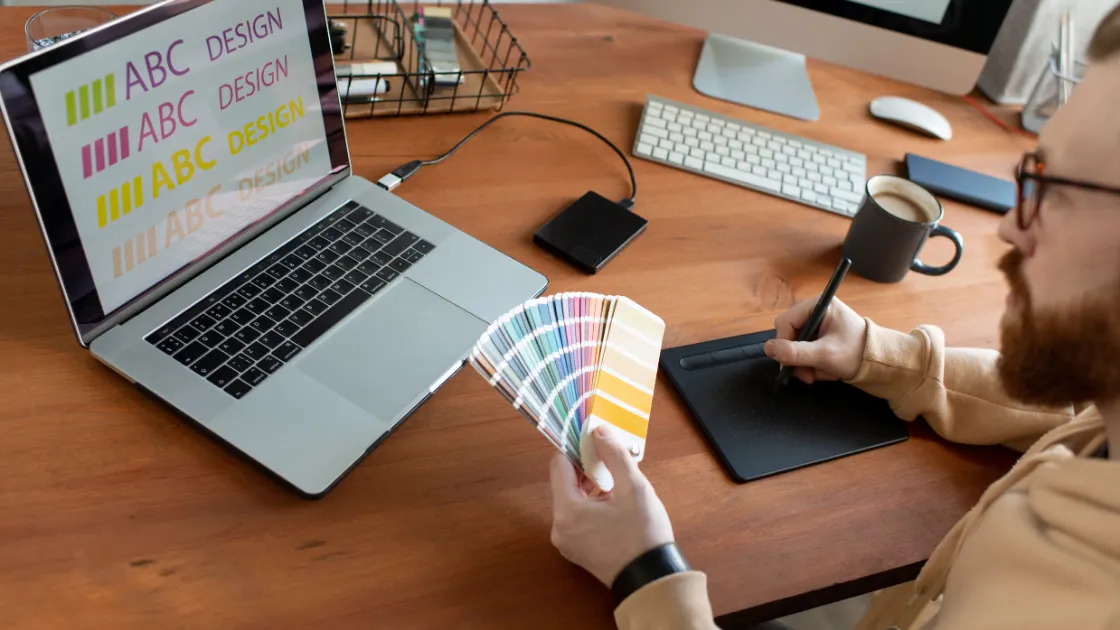When visitors land on your website, their first impression is shaped within seconds—and much of that impression is driven by visual elements like colors and fonts. These two components play a critical role in user experience (UX) because they influence emotions, readability, navigation, and trust.
In web design, it’s not just about making your site look attractive. The strategic use of colors and fonts can guide user behavior, build brand identity, and increase overall engagement. Let’s explore how.
The Impact of Colors on User Experience
Colors do more than decorate a page—they communicate mood, meaning, and intent.
1. Colors Trigger Emotions
Each color evokes a different emotional response. For example:
- Blue creates trust and calmness (popular with banks and tech companies).
- Red suggests urgency or excitement (often used in sales or clearance banners).
- Green represents growth and health (common in wellness and finance sites).
By aligning your color palette with your brand message, you can shape how users feel and interact with your site.
2. Colors Improve Readability
Text should contrast well with the background. For instance, dark text on a light background improves readability. Poor color contrast can make content difficult to read, frustrating users and increasing bounce rates.
3. Colors Guide Navigation
Color helps highlight key areas like buttons, links, and calls-to-action (CTAs). A well-placed color pop can draw users’ attention exactly where you want it.
4. Colors Reinforce Branding
Consistent use of brand colors across all pages strengthens identity and builds recognition. Visitors start to associate certain colors with your business, making your brand more memorable.
The Role of Fonts in User Experience
Fonts (typography) have a powerful impact on how users absorb and trust the content on your site.
1. Fonts Affect Readability
Simple, clean fonts like Sans Serif are easier to read on screens. Using too many decorative or complex fonts can overwhelm users and make content harder to digest.
2. Fonts Communicate Personality
Your font choice can reflect your brand’s tone:
- Modern, clean fonts give a professional feel.
- Elegant script fonts may suit luxury or fashion brands.
- Bold, heavy fonts can express strength and confidence.
Choosing the right typeface helps align visual style with your brand voice.
3. Fonts Support Hierarchy
Using different font sizes and weights (like bold for headings and regular for body text) helps users scan content easily. Clear hierarchy improves navigation and enhances the user’s ability to find information quickly.
4. Consistency is Key
Using a consistent font set across your site builds a cohesive look and feel. Mixing too many fonts can feel chaotic and damage the user experience.
Final Thoughts
Colors and fonts are more than just design choices—they are functional tools that guide users, express brand values, and improve engagement. Thoughtfully chosen combinations can make a site feel professional, trustworthy, and easy to use. Poor choices, on the other hand, can confuse or frustrate visitors.
If you want to create a strong user experience, don’t overlook the power of visual design. The right colors and typography can significantly boost your website’s effectiveness and leave a lasting impression on every visitor.


